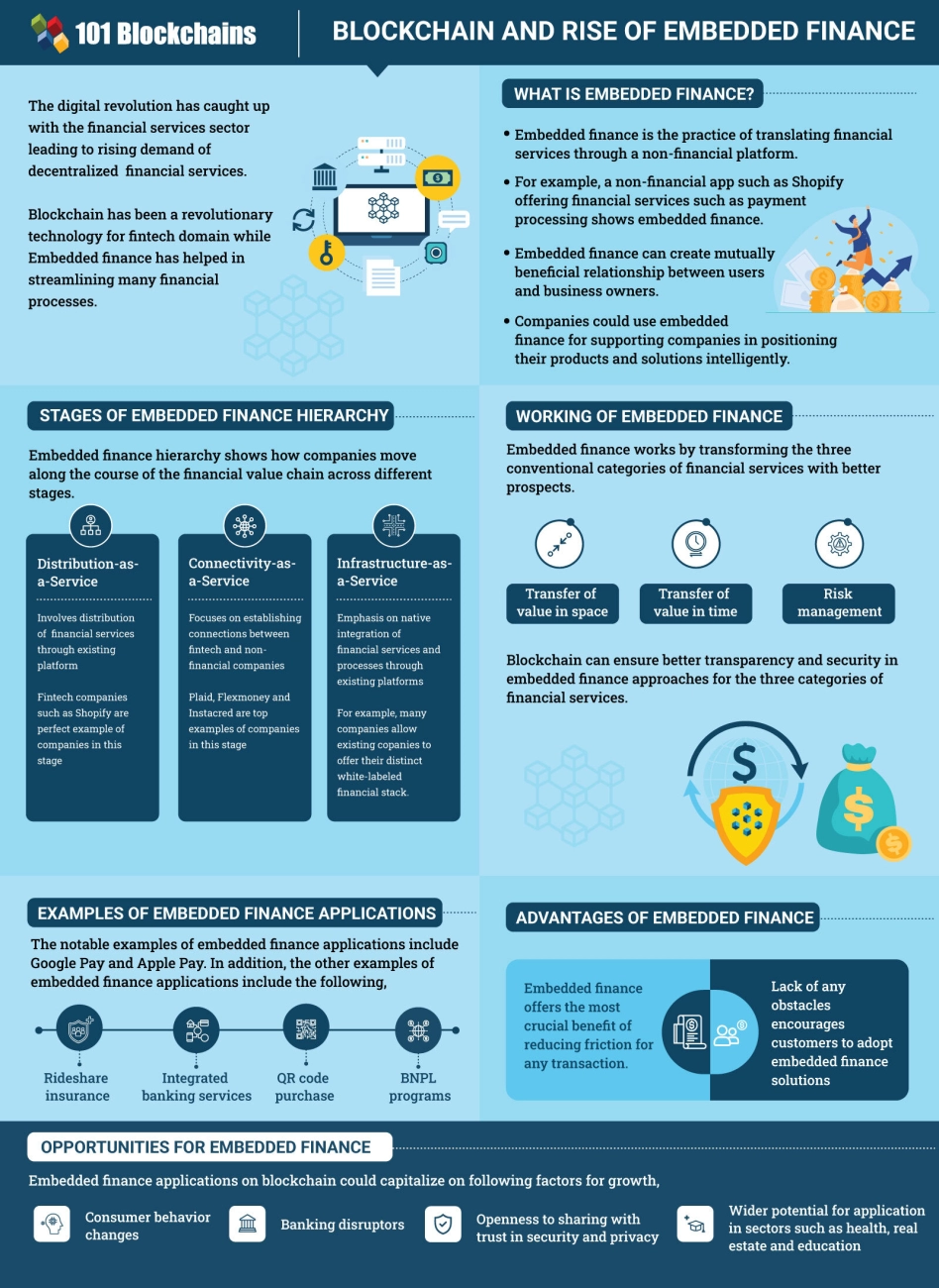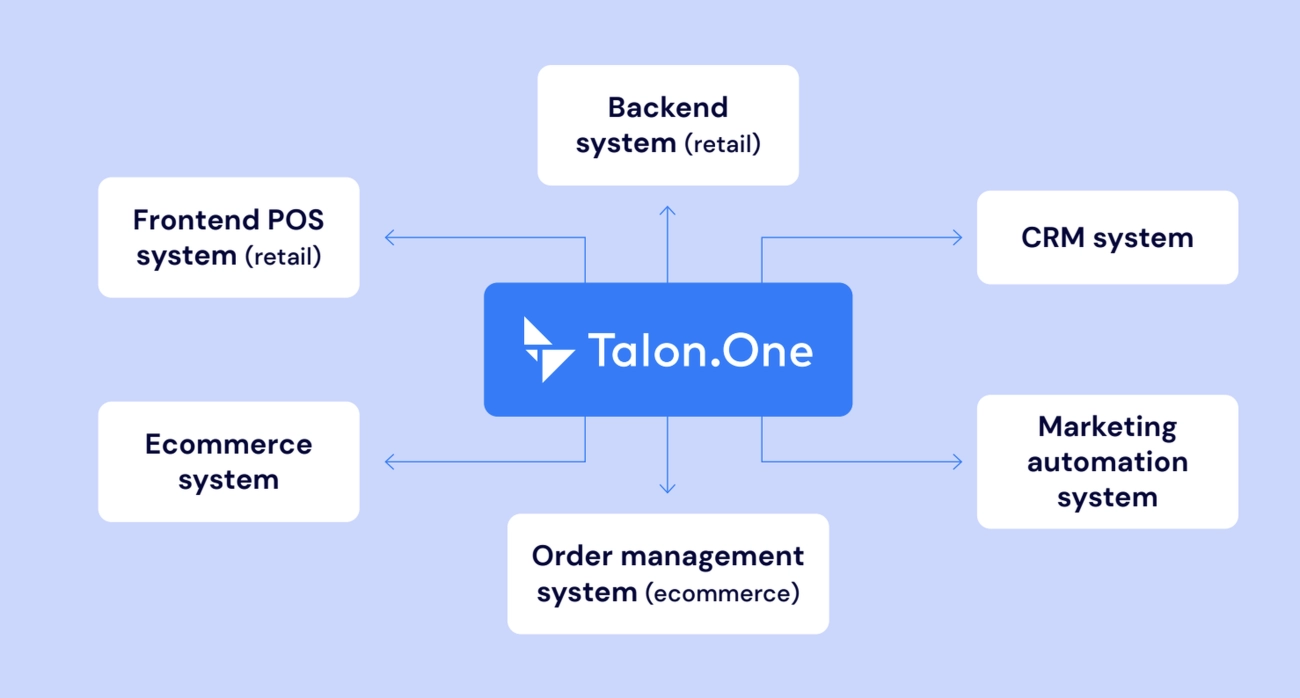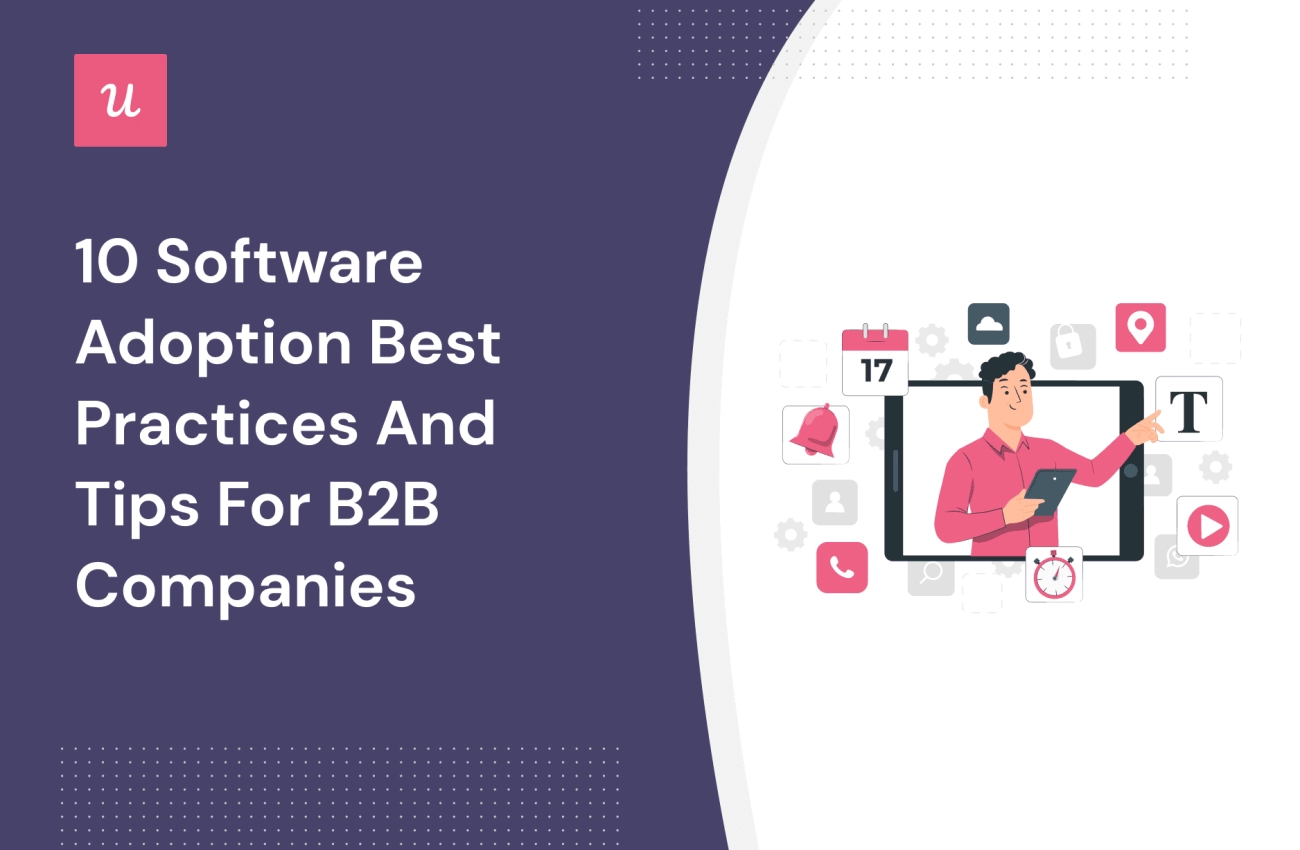L'avenir de la technologie POS dans les tendances et solutions des transactions B2B

Current State of B2B Transactions and Gaps Legacy POS Systems Cannot Fill
Business-to-business (B2B) transactions differ significantly from consumer retail interactions, and this presents unique challenges for traditional point of sale (POS) technology. Unlike B2C sales that typically involve quick swipes or taps for individual purchases, B2B transactions often require high-volume invoicing, complex trade terms, and multiple-party approvals. These factors demand greater flexibility, accuracy, and integration capabilities than legacy POS systems were designed to provide.
Key Challenges in Current B2B Payment Processes
Several persistent issues hinder efficiency in B2B transactions:
- Slow reconciliation and manual errors lead to operational setbacks, costing businesses over $10 billion annually in lost time and resources.
- Despite 94% EMV adoption among businesses, fraud exposure remains a significant risk due to fragmented data silos.
- ERP and CRM systems often have limited integration with legacy POS, creating disconnected data streams and inefficient workflows across finance and supply chain teams.
Data Highlights on Digitizing B2B Payments
The shift toward digital payments is underway, with 92% of B2B companies actively digitizing their payment processes. However, many still face integration hurdles that prevent seamless automation and real-time transaction tracking. These challenges underline why traditional POS systems cannot fully support the complexities of modern B2B environments.
Bridging the Divide with Emerging POS Technology
Emerging POS technologies are designed to address these gaps by streamlining payment automation, enhancing data connectivity, and reducing fraud risk. Solutions tailored for B2B can integrate directly with enterprise resource planning and customer relationship management platforms, enabling:
- Real-time payment reconciliations
- Automated approval workflows
- Advanced fraud prevention protocols
By embracing these innovations, businesses can improve operational efficiency and position themselves for scalable growth in an increasingly digital marketplace.
For a detailed look at how POS hardware is evolving to meet these new demands, explore the evolution of cash register technology and consider how future-ready tools can transform your B2B operations.
Top Trends in B2B POS Technology Cloud-Based and Mobile POS for Real-Time Anywhere Transactions
L'avenir de POS technology in B2B transactions is firmly moving toward cloud-based and mobile solutions. Unlike traditional on-premise systems, cloud POS platforms offer the flexibility to run sales and payment processes from anywhere—whether your team is in the field or managing multiple wholesale locations.
Why Cloud and Mobile POS Matter for B2B
- Supports bulk order processing: B2B deals usually involve larger orders and complex invoicing. Cloud POS easily handles these high volumes without slowing down.
- cURL Too many subrequests. cURL Too many subrequests.
- cURL Too many subrequests. cURL Too many subrequests.
- cURL Too many subrequests. cURL Too many subrequests.
cURL Too many subrequests.
cURL Too many subrequests. cURL Too many subrequests. cURL Too many subrequests. cURL Too many subrequests.cURL Too many subrequests.
cURL Too many subrequests.
cURL Too many subrequests. cURL Too many subrequests. cURL Too many subrequests.
- cURL Too many subrequests.
- cURL Too many subrequests.
- cURL Too many subrequests.
With SDLPOS, you get a modern, flexible POS platform designed to keep up with the pace of B2B transactions and the unique demands of the US market.
AI and Machine Learning in B2B POS Technology
Artificial intelligence (AI) and machine learning are changing the game for B2B POS systems by making payments smarter and more efficient. These technologies analyze vast amounts of transaction data to predict demand, automate approvals, and personalize trade offers based on your business’s unique buying history.
How AI Improves B2B Payment Automation
- Demand forecasting: Helps you stock the right products and prepare for bulk orders without guesswork.
- Automated approvals: Speeds up multi-party authorizations common in B2B deals, reducing delays.
- Personalized trade offers: Tailors pricing and promotions to your volume buyers, improving sales and customer loyalty.
Smarter Fraud Prevention for High-Value B2B Transactions
Even with 94% EMV adoption, fraud remains a risk in B2B due to high-value transactions and complex invoicing. AI enhances détection de fraude by flagging unusual activity with anomaly alerts, helping prevent costly losses. The result is stronger security across your payment ecosystem.
Dynamic Pricing and Buy Now Pay Later Growth
AI powers dynamic pricing models that adjust to order size and buyer behavior, making it easier to negotiate deals that work for both sides. Plus, the Acheter maintenant, payer plus tard (BNPL) market in B2B is booming, expected to reach nearly $1 trillion by 2026. AI supports BNPL by assessing risk and managing credit automatically, streamlining payment options.
Key Impact of AI POS on B2B Operations
- Cuts operational errors by up to 30%
- Speeds up payment cycles and approvals
- Improves accuracy in trade terms and invoicing
- Enhances fraud prevention with real-time alerts
AI-driven transaction analytics are rapidly becoming essential in cloud POS for wholesale et mobile POS for field sales, integrating seamlessly with existing ERPs and CRMs. This creates a smoother, smarter payment flow that saves time and costs.
Integrating AI and machine learning into your B2B POS system isn’t just a tech upgrade—it’s a strategic move that drives growth, security, and efficiency in today’s competitive market.
Blockchain and Embedded Finance for Secure Transparent B2B Settlements

Blockchain is becoming a key player in the future of POS technology for B2B transactions. Its immutable ledgers mean invoices are tamper-proof, and smart contracts can automate payments without delays or manual intervention. This technology creates a transparent, secure system that helps businesses cut through traditional payment complexities.
How Blockchain Improves B2B Payments
- Simplifies cross-border trades by reducing transaction fees by up to 50%.
- Propose embedded finance options like virtual cards for suppliers, speeding up payment cycles and improving cash flow.
- Permet la tokenisationcURL Too many subrequests.
- cURL Too many subrequests.
cURL Too many subrequests. cURL Too many subrequests.cURL Too many subrequests.
cURL Too many subrequests.
cURL Too many subrequests.
- cURL Too many subrequests.
- cURL Too many subrequests.
- cURL Too many subrequests.
cURL Too many subrequests.
Les offres de SDLPOS cURL Too many subrequests. cURL Too many subrequests. cURL Too many subrequests. cURL Too many subrequests.
- cURL Too many subrequests.
- cURL Too many subrequests.
- cURL Too many subrequests.
cURL Too many subrequests.
Contactless and Biometric Innovations Driving the Future of B2B POS Technology
As more B2B businesses handle des transactions à volume élevé, speed and security have never been more critical. The rise of contactless payments and biometric verifications is transforming how companies manage bulk invoicing and vendor approvals—making exchanges faster, safer, and more hygienic.
Faster Transactions with NFC QR Codes and Facial ID
Communication en champ proche (NFC) et les codes QR let buyers and sellers complete payments with just a tap or a scan—no fumbling with cash or cards. For businesses hosting pop-up markets, trade shows, or vendor events, this means processing dozens or hundreds of transactions without slowing down.
Meanwhile, biometric tools like facial recognition add an extra layer of security and speed, reducing manual checks and guarding against fraud. These tech features support quick identity verification while maintaining hygiene—a win for busy B2B environments focused on efficiency.
Supporting the Shift Toward Digital Wallets in B2B
Digital wallet use in B2B is growing fast, with about 15% annual growth in apps designed specifically for business payments. This trend reflects a broader move toward mobile POS for field sales et contactless bulk invoicing, helping businesses streamline payments both in the office and on the go.
Market Outlook and Impact
By 2025, the mobile POS market is projected to reach $49 billion in the U.S. alone. This growth is driven by the demand for faster, safer ways to handle complex B2B payments, where traditional swipe or manual invoicing just doesn’t cut it anymore.
Pourquoi cela est important pour votre entreprise
- Process large orders faster without adding staff or friction
- Reduce fraud risks with biometric verification and encrypted contactless tech
- Support hybrid payment models combining digital wallets and traditional invoicing
- Améliorent l'expérience client at pop-ups, vendor fairs, and on-site sales teams
Intégrant contactless and biometric innovations into your POS setup isn’t just about keeping up—it’s about making your B2B transactions smoother, more secure, and ready for the future.
Sustainability and Omnichannel Integration in B2B POS Technology

As B2B transactions evolve, sustainability and omnichannel integration have become key trends shaping the future of POS technology. Businesses today are prioritizing des options matérielles écologiques et paperless receipts that support environmental, social, and governance (ESG) goals. This shift not only reduces waste but also showcases a company’s commitment to sustainability—a growing expectation from partners and customers alike.
Energy-Efficient Hardware and Paperless Receipts
- Energy-efficient POS devices cURL Too many subrequests.
- cURL Too many subrequests. cURL Too many subrequests.
cURL Too many subrequests.
cURL Too many subrequests.
cURL Too many subrequests. solutions de point de vente omnicanales cURL Too many subrequests.
- cURL Too many subrequests.
- cURL Too many subrequests.
- cURL Too many subrequests.
cURL Too many subrequests.
cURL Too many subrequests. cURL Too many subrequests. cURL Too many subrequests.
- cURL Too many subrequests.
- cURL Too many subrequests.
- cURL Too many subrequests.
cURL Too many subrequests.
cURL Too many subrequests. Retail Technology Trends and discover how to future-proof your B2B hardware setup with L'évolution de la technologie des caisses enregistreuses.
Key takeaways
- Sustainability in B2B POS means energy-saving devices and paperless processes.
- Omnichannel integration unifies online and in-person bulk transactions effortlessly.
- Green POS systems reduce supply chain carbon impact while boosting efficiency.
As B2B sellers, embracing these trends prepares you to meet customer demands and compliance efforts sustainably while improving your transaction workflows.
Implementation Challenges and Solutions for B2B POS Adoption

Adopting new POS technology in B2B settings isn’t without its hurdles. Understanding these challenges and knowing how to overcome them is crucial for any business looking to modernize.
Common Barriers to B2B POS Adoption
- Coûts initiaux élevés: Legacy system upgrades can cost between $3,000 and $50,000, a significant investment for many wholesale and distribution companies.
- Data Migration Risks: Moving sensitive invoicing and payment data from older ERPs or CRMs into new POS platforms poses risks of data loss, inaccuracies, or downtime.
- Formation du personnel: Employees accustomed to manual or outdated systems often need time and support to adjust to new workflows, which can disrupt daily operations.
- Integration Challenges: B2B transactions rely on complex invoicing, trade terms, and multi-party approvals, making seamless integration with existing supply chain tools and ERPs difficult.
Practical Solutions to Smooth B2B POS Adoption
Successful adoption comes down to smart strategies that minimize disruption and maximize return:
- Phased Rollouts: Gradually implement new POS systems across departments or locations to reduce risk and give staff time to adapt.
- Strong Vendor Partnerships: Work closely with providers like SDLPOS, who understand wholesale and B2B needs and can offer hands-on support.
- Plug-and-Play Technologies: Choose solutions like SDLPOS’s cloud-ready cash registers with mobile add-ons that require minimal setup and speed up deployment.
- ROI Calculators: Use tools to project the total cost of ownership (TCO) and expected savings. SDLPOS reports a 22% better TCO with cloud-based systems, making long-term investment clearer.
- Ongoing Training and Support: Regular staff training ensures smooth transition and reduces manual errors that cost B2B firms billions annually.
Succès dans le monde réel
One anonymized B2B wholesaler using SDLPOS saw a 35% reduction in transaction times after migrating to a cloud-based POS with mobile and API integrations. This translated into faster invoicing, more efficient reconciliation, and fewer errors during bulk order processing.
By addressing these implementation barriers head-on and choosing scalable, modular solutions, businesses can unlock the full benefits of next-generation B2B POS technology.
How SDLPOS Positions Your Business for B2B POS Success
En ce qui concerne cURL Too many subrequests.cURL Too many subrequests. cURL Too many subrequests. cURL Too many subrequests. cURL Too many subrequests.cURL Too many subrequests.
cURL Too many subrequests.
cURL Too many subrequests.
Les offres de SDLPOS cURL Too many subrequests. cURL Too many subrequests.
cURL Too many subrequests.
cURL Too many subrequests. l'analyse prédictivecURL Too many subrequests.
cURL Too many subrequests.
cURL Too many subrequests. cURL Too many subrequests. cURL Too many subrequests.
cURL Too many subrequests.
cURL Too many subrequests.
cURL Too many subrequests.
Understand your existing setup, identify integration challenges, and highlight what features are missing for B2B scale and security.
Schedule a Demo of SDLPOS Integrations
See firsthand how SDLPOS syncs with your supply chain tools and streamlines invoicing and approvals.
Scale with Modular Upgrades
Start simple with core cloud POS units and add AI modules, blockchain security features, or embedded finance options as your business demands—keeping control of costs and complexity.
Ready to improve transaction speed, boost fraud prevention, and simplify complex approvals? Contact SDLPOS for a free consultation tailored to your B2B operations. Our experts will help craft a POS strategy that transforms your payment processes and keeps your business competitive.
For more on how to future-proof your retail hardware, check out How to Futureproof Your Retail Hardware.
The Future of POS Technology in B2B Transactions Embrace the Change or Risk Falling Behind
The world of B2B payments is evolving fast, and POS technology is at the heart of this transformation. If you want your business to stay competitive, it’s crucial to adopt these new tools now. The core trends we’ve covered—cloud-based systems, AI-driven transaction analytics, blockchain for secure B2B settlements, contactless options, and sustainable hardware—all tackle the biggest pain points in B2B payments:
- Efficacité: Streamlined invoicing, faster transaction processing, and reduced manual errors save valuable time and money.
- Sécurité: Advanced fraud prevention like EMV, AI anomaly detection, and blockchain safeguard high-value deals.
- Growth: Smarter data insights and flexible payment options open doors to more sales and better supplier relationships.
With nearly 92% of B2B businesses digitizing payments, those who hold back face longer reconciliation times, costly fraud exposure, and missed revenue opportunities.
Look Ahead at the $21.2T B2B POS Market
By 2028, the B2B POS market is projected to skyrocket to $21.2 trillion. That’s a huge reminder that investing in the right POS technology isn’t optional anymore—it’s a necessity. Being proactive means:
- Phasing in cloud-based and mobile POS to support flexible sales environments
- Exploiter IA et apprentissage automatique to reduce errors and predict buyer needs
- Ajouter blockchain and embedded finance for secure, transparent payments
- Intégration contactless and biometric tools to speed up bulk transactions
- Committing to sustainable, omnichannel solutions that match today’s eco-conscious demands
Take Action with SDLPOS
Ready to make the leap? Download the 2025 B2B POS Roadmap PDF to get a clear plan and see how SDLPOS can help you build a future-ready payment system. From modular upgrades to plug-and-play cash registers that integrate with your ERP and CRM, SDLPOS is designed to reduce costs, improve security, and scale with your growing needs.
cURL Too many subrequests.
